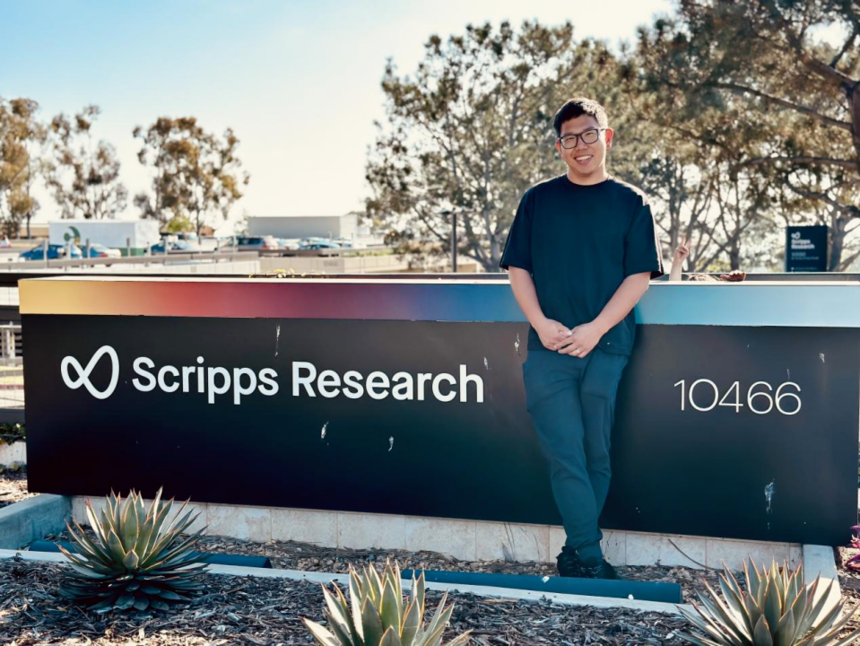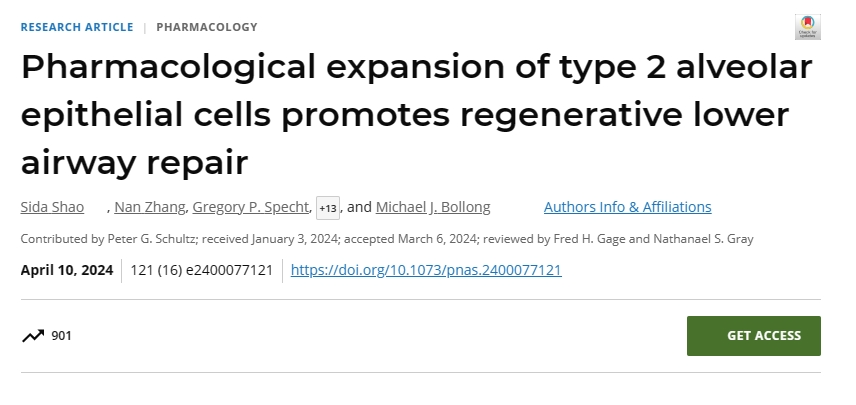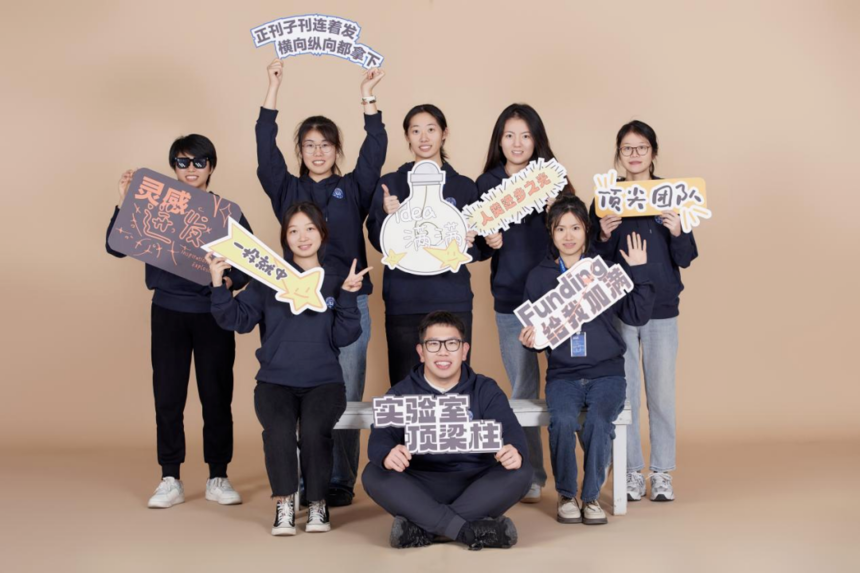Please click the button below to go to our email login page
|
The post-90s doctor took 8 years to achieve significant results! Come back to and join Westlake University!“Accepting failure is the essential quality for scientific research!” With a passion for scientific research, Sida Shao spent 8 years to develop a lung-targeted, drug-like small molecule to stimulate the growth of lung stem cells.
Recently, he, as the first and co-corresponding author, published these new findings in the Proceedings of the National Academy of Sciences of the United States of America. The study proposed that the drug stimulation can activate the body’s regenerative function to restore damaged lung tissue. The drug is set to enter a phase 1 clinical trial this summer, with the potential to become the new scheme for treatment of severe pulmonary diseases.
During the 10 years of studying abroad, Sida Shao was concerned about the development of stem cells-related fields in China, and ultimately chose to return to China and join the School of Science, Westlake University to continue exploring the fields of stem cell and tissue regeneration.
“Spray-type” drug for regeneration of lung tissues
In recent years, the incidence of lung diseases has been increasing. The insufficient supply of stem cells to repair and reverse damage is the determinant factor for many degenerative lung diseases. However, there is currently no available treatment plan for damaged lung tissue regeneration.
When exploring whether the existing drug mechanisms can promote the growth of alveolar stem cells, Sida Shao and his team discovered that dipeptidyl peptidase IV (DPP-4) inhibitors can accelerate the growth of type II alveolar epithelial cells (AT2 cells). However, the dose required when using the inhibitors for diabetes would be too high and unsafe for humans.
After discussion, they determined a new plan---“spray-type” drug that delivers target drug to pulmonary alveoli, which greatly enhances the efficacy. Then, through repeated experiments, the team has obtained a highly safe drug structure---CMR316, which can be directly delivered to the lungs via a sprayer.
Derive from “interest” and root for “a lifetime”
In 2009, Sida Shao entered the School of Life Sciences, Peking University, and joined the lab of Dr. Hongkui Deng, a stem cell biologist, due to his interest in stem cells.
After receiving his B.S. degree, he applied to Professor Schultz's team to pursue a Ph.D. degree and started research on regeneration of alveolar stem cells.
When conducting research on the novel use of old drugs, Sida Shao was nearing his Ph.D. graduation. To continue his research, he remained at the Scripps Research Institute to carry out his clinical transformation research on alveolar stem cell regeneration.
After 8 years, he and his team members finally submitted a satisfactory answer sheet. Sida Shao returned home and joined Westlake University to continue the research on stem cells and tissue regeneration.
Devote to education under the influence of his mentors
The attitude of Sida Shao on scientific research is impacted by his mentors. Dr. Deng taught him to aim at important scientific problems, not afraid of failure, and to set high standards of himself. Professor Schultz taught him to hold tenacious perseverance to overcome failure and persist until a favorable turn of events.
After 10 years of studying abroad, Sida Shao ultimately chose to come back. He believes that domestic scientific research capabilities have made rapid progress, and the philosophy and hardware of Westlake University meet his research requirements. Moreover, he hopes that his children can grow up in China and develop a sense of identity and pride in Chinese culture.
Under the impact of his two mentors, Sida Shao also lays emphasis on training of thought patterns of students, “I hope students can unconsciously develop an open mindset and a holistic view of science as they delve deeper into their research fields.” |



